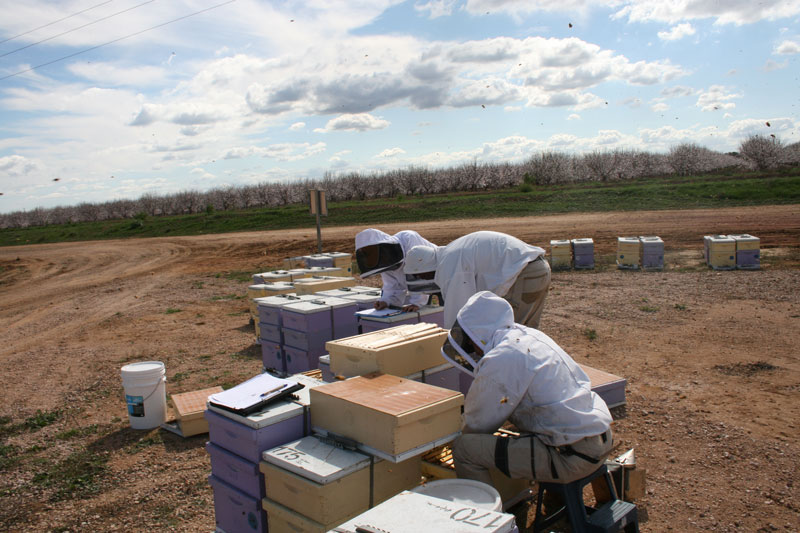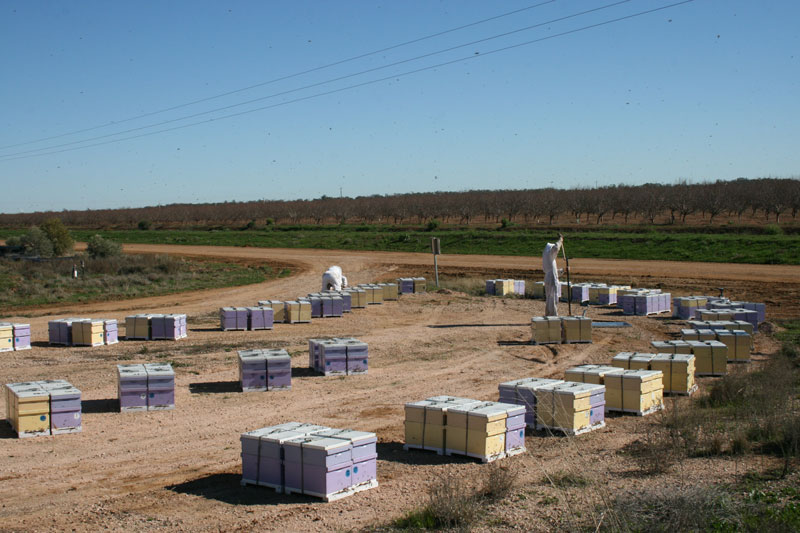
Busy bees are on the job
Australia’s largest workforce, over 11 billion honey bees has done it again.
Australia’s largest workforce, over 11 billion honey bees has done it again, performing the critical work of pollinating the nation’s almond orchards.

Almonds are highly dependent on bees for cross-pollination, with about 277,000 hives being moved across Eastern states to the tristate almond growing area spanning NSW, SA and VIC for this season’s pollination period.
In 2020 the Australian almond industry contributed $1.63 billion and around 10,000 jobs to regional economies.
The NSW Riverina region is Australia’s third largest almond producing area, providing an economic contribution of $111.6 million.
In Australia almond pollination occurs from mid-July to early September, then bees may be moved onto avocado, canola, or macadamia crop pollination or honey production on native hardwood timber can happen during any month of the year in mainland Australia, but predominantly in September through April.
NSW DPI Technical Specialist Bees, Elizabeth Frost, said beekeepers faced a challenge this season with border permits required and COVID-safe business planning a must to allow them to transport their bee livestock across state borders to almond pollination.

“NSW DPI has worked with AGVIC, QLD Department of Transportation, SA Department of Primary Industries and Regions, NSW Apiarists Association, QLD Beekeepers Association, VIC Apiarists Association and the Australian Honey Bee Industry Council to ensure beekeepers were kept up to date as border permit requirements evolved through the pollination season,” Ms Frost said.
“This season, as part of the Plan Bee research program, NSW DPI trucked 157 hives from Tocal College, Paterson for almond pollination at Darlington Point in the NSW Riverina region.
“The site has been invaluable to investigate pollination related traits in honey bees.”
NSW DPI co-manages Plan Bee, the National Honey Bee Genetic Improvement Program, which is supported by funding from the Australian Government Department of Agriculture, Water and the Environment through AgriFutures, as part of its Rural Research and Development for Profit program.

